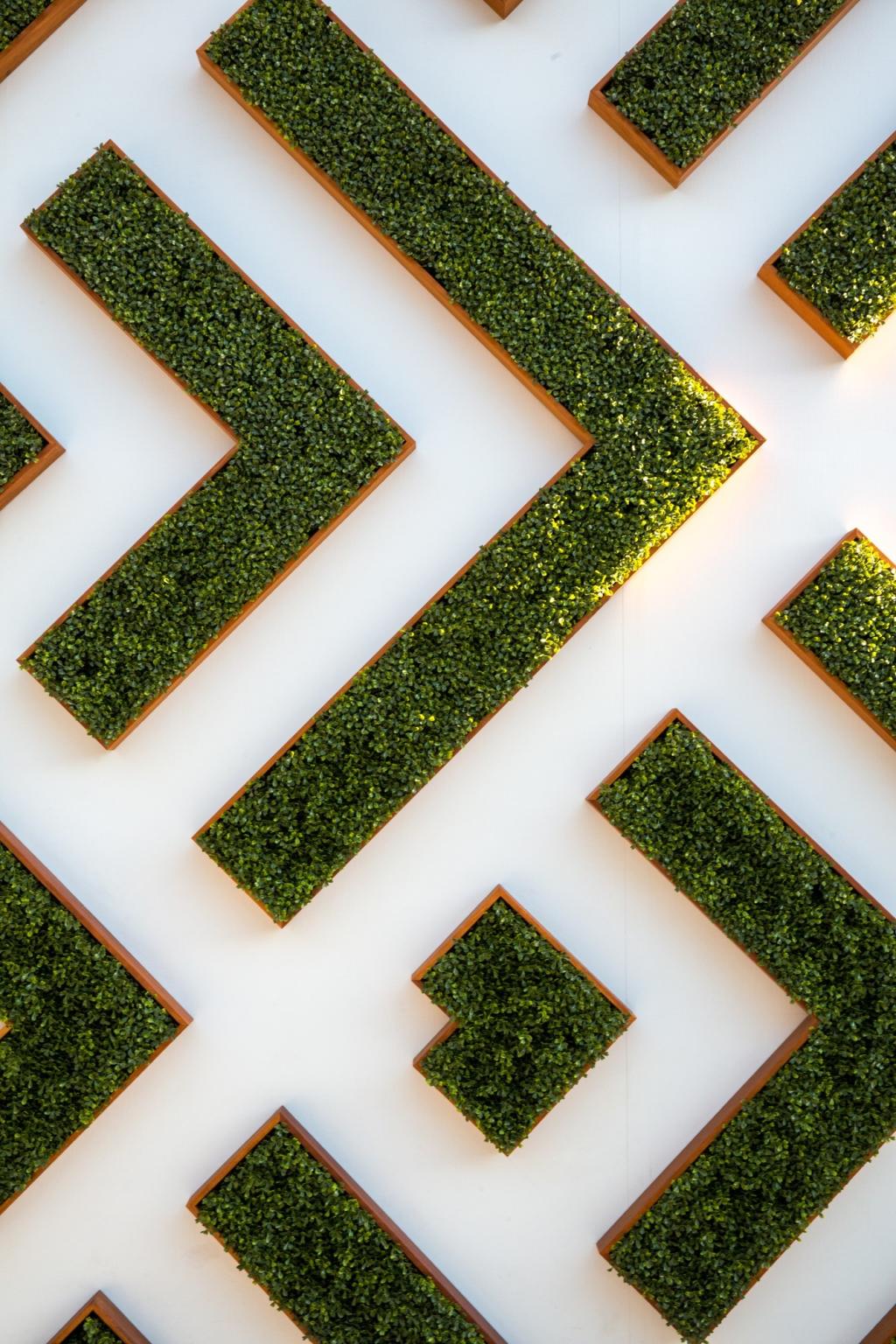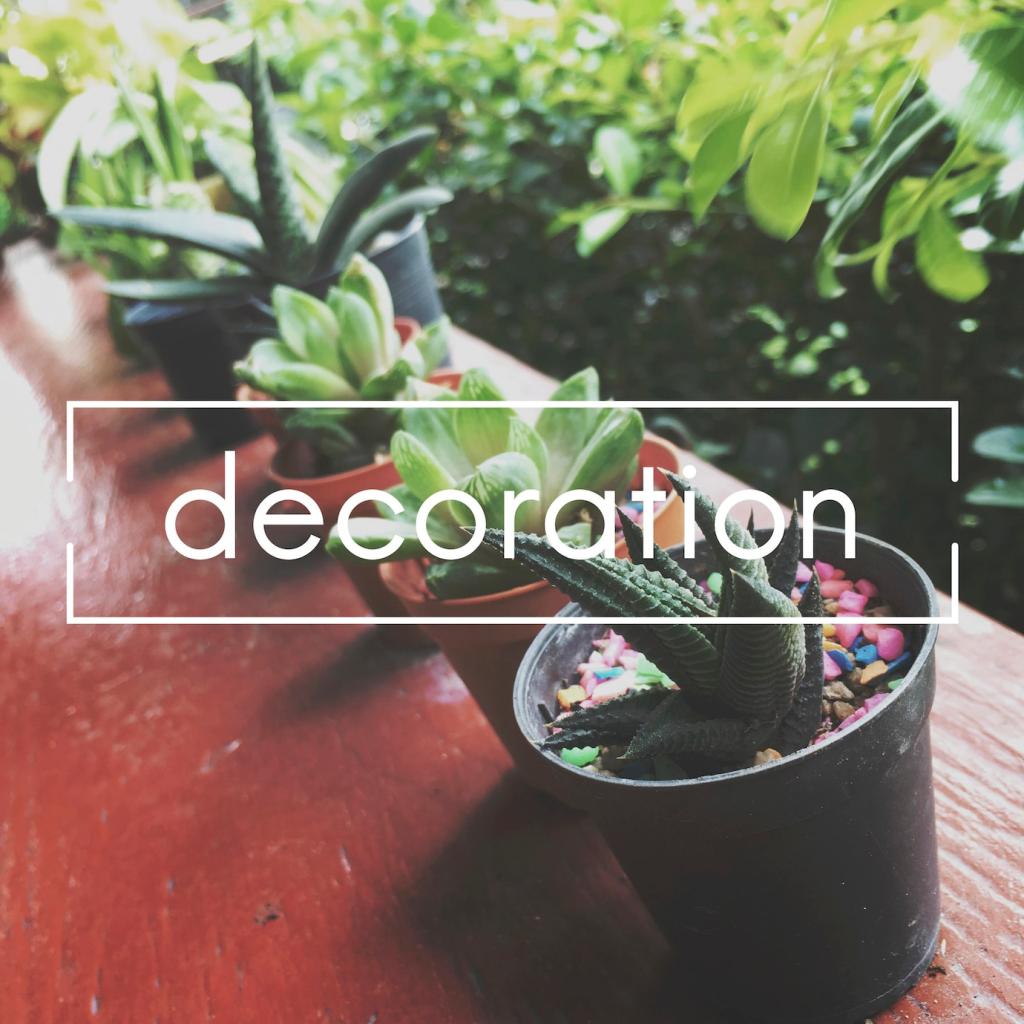Chosen theme: Non-toxic Wall Coverings. Welcome to a home design journey where indoor air quality meets style. Explore materials, stories, and step-by-step guidance to create walls that are safer, more sustainable, and undeniably beautiful.
What Makes a Wall Covering Non-toxic

Volatile organic compounds can linger for months, affecting sleep, mood, and respiratory health. Non-toxic wall coverings prioritize low- and zero-VOC formulations, reducing chemical burden while preserving color, durability, and a pleasant, odor-free installation experience.
Non-toxic wall coverings can limit dust accumulation and avoid irritating fumes, particularly during and after installation. Many families report fewer headaches and calmer nights once heavy odors and high-VOC finishes are replaced with healthier alternatives.
Health-first Design for Real Homes
Materials, Labels, and What They Really Mean
Reading certifications with confidence
Look for GREENGUARD Gold, EU Ecolabel, Cradle to Cradle, or Declare labels when evaluating non-toxic wall coverings. No single mark tells the whole story, but together they signal safer chemistry and transparent supply chains.
Safer adhesives, tapes, and joint compounds
Even the best non-toxic wall coverings can be undermined by harsh adhesives or dusty compounds. Favor premixed, low-dust formulas, and starch-based pastes, and ventilate well to keep application safe without sacrificing performance or bond strength.
Order samples and trust your senses
Before committing, request samples of non-toxic wall coverings. Note odors, surface feel, and color under natural and artificial light. A simple sniff test and a day in your space can reveal more than a spec sheet ever will.
Style Without Compromise
Color drawn from earth and plant pigments
Natural pigments give depth that shifts with daylight, lending walls a quiet, lived-in character. Non-toxic wall coverings showcase hues that are gentle on the eyes, pairing beautifully with wood, stone, and soft textiles.
Texture that calms and adds warmth
Clay and lime finishes create subtle movement, diffusing glare and softening acoustics. Textured non-toxic wall coverings reduce echo, making conversation easier and rooms feel more intimate, even in open-plan homes.
Small-space strategies with big impact
Choose fine patterns or light mineral washes to expand perceived space while keeping air quality high. Non-toxic wall coverings in soft neutrals bounce light, helping studios and hallways feel brighter without harsh, reflective sheens.
Install with Confidence
Repair cracks, seal stains, and sand lightly to ensure a smooth, stable surface. Proper preparation lets non-toxic wall coverings adhere evenly, reducing waste, touch-ups, and the temptation to hide flaws with heavy, smelly coatings.

Cleaning without harsh chemicals
Dust walls with a microfiber mop and spot clean using mild soap solutions. Avoid strong solvents that can undermine the integrity of non-toxic wall coverings and reintroduce unwanted odors into your home.
Repair, refresh, and retouch
Save extra rolls, pigment notes, or batch numbers for future fixes. Non-toxic wall coverings often patch cleanly, and mineral paints allow seamless touch-ups when you keep a small labeled jar for color consistency.
Recycle, compost, or responsibly discard
Some paper-based, dye-safe coverings can be composted or recycled if free of synthetic coatings. At minimum, separate scraps, donate unused material, and avoid landfilling adhesives when disposing of non-toxic wall coverings.
